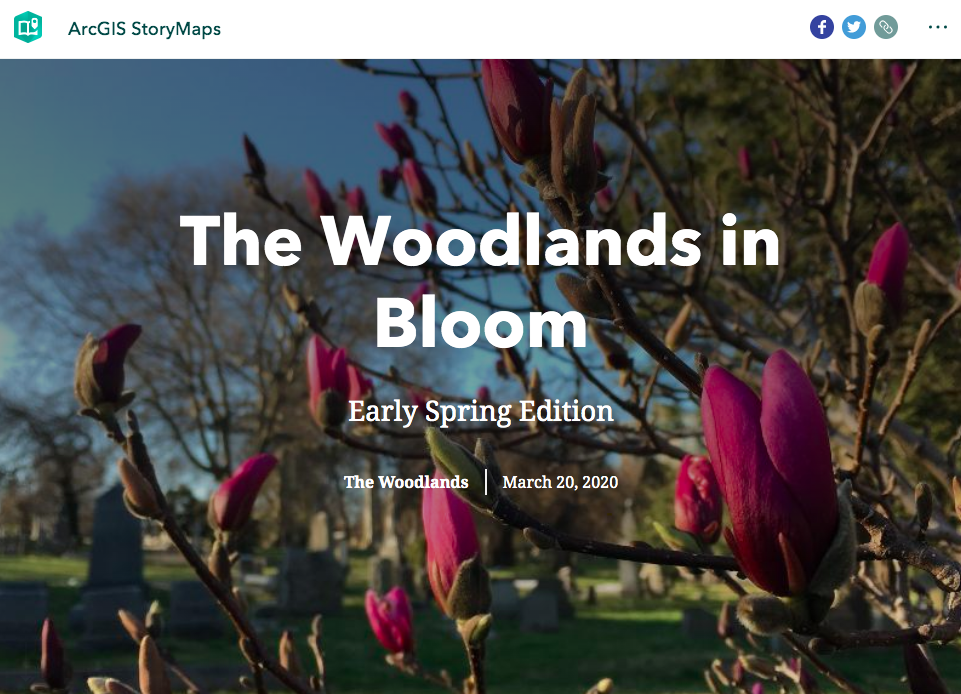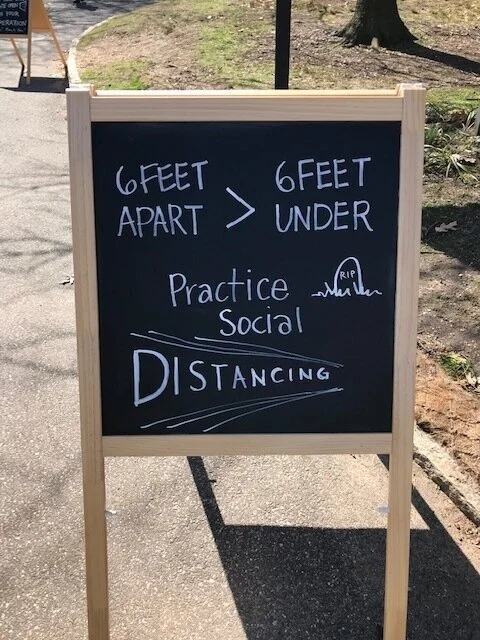Our resident birding expert, Toribird is writing about ways to enjoy Spring Migration from home this week, just in time for the Philadelphia City Nature Challenge. Normally an international competition, this year’s City Nature Challenge is a collaborative world wide effort to document as many unique species as possible in your city or town using the iNaturalist App. Between April 24th and April 27th participants in Philadelphia and neighboring counties (Montgomery, Bucks, Delaware, Gloucester, Camden, and Burlington) can document the wildlife of their basements and back yards, and, to the extent possible (based on recommendations from the city and health officials), you can head off into their neighborhoods and green spaces like The Woodlands on your own or with family. Remember while at The Woodlands to wear a mask, and DO NOT touch any headstones, climb any trees, or cut any flowers. We hope you’ll use the City Nature Challenge as an opportunity to experience The Woodlands in new and exciting ways. Happy birding!
As our community tackles the Covid-19 pandemic, life is turned upside down for us all. You might be lonely, or missing an activity that used to be a staple of your week. Or maybe you're anxious, unsure what the future will bring. Whether you are looking for a new hobby to fill the time, or need to take a moment to gather your thoughts and ease your worries, nature is a good solution to turn to. And this is a good time to begin paying more attention to the birds that share our neighborhoods - it's migration season, and the birds are coming, just as they have every year. From regal hawks to colorful warblers, the travelers are winging their way north towards us, and indeed several have already arrived. Read on to explore ways to enjoy these feathered beauties from your own home.
A male American Goldfinch enjoys a coneflower seed snack in West Philadelphia. Photo by Toribird.
If you’re finding yourself using the extra time at home to tend to your garden, why not add to the beauty by attracting cheerful songbirds? To make your yard more appealing to birds, you’ll want to add dense shrubs or hedges that can provide good shelter, limit use of chemicals, and of course plant lots of native plants! A water feature, particularly moving water, is also a magnet for birds - and it can attract birds that don’t usually come to feeders, like warblers. Keeping dead trees around is also a good thing to do; they are a very important source of food and habitat for woodpeckers, and you might even get an owl in your tree cavity! Some plants that are particularly good at attracting birds include coneflowers (Echinacea spp.), bayberry (Myrica ssp.), and trumpet honeysuckle (Lonicera sempervirens). Goldfinches love to feast on the coneflower seeds, and Tree Swallows and Yellow-rumped Warblers have the rare ability to digest bayberry fruit; this plant also provides good cover for other species. Honeysuckle attracts hummingbirds and other pollinators, and provides welcome shelter for birds, particularly in the winter.
Another way to put this time to good use is by starting or expanding your yard-list. The idea of a yard-list is quite simple - a record of the bird species seen or heard from anywhere in your home or yard. You can choose to count only the birds interacting with your area (like a sparrow coming to your feeder), or expand it to birds flying over or seen across the street (like a crow flying elsewhere but seen from your porch). This is a good time to start paying more attention to birds in your area since it's migration season, and almost anything could fly overhead or stop in your garden to feed and rest! Looking in the sky, you could see Broad-winged Hawks and other raptors, gulls, or other birds passing by. I even had a migrant loon fly over my house on April 12th! Songbirds like warblers and thrushes may also drop by for a visit, particularly if you provide them with water and shelter.
This Hermit Thrush dropped by my backyard and was a nice surprise on a spring morning! Photo by Toribird.
If local birds just aren't cutting it for you, check out the Cornell Lab of Ornithology's bird cams. There, you can watch birds from icy Ontario to tropical Panama real-time, as well as delve into the lives of more familiar birds like Red-tailed Hawks and Ospreys.
This is also a great time to brush up on your bird identification skills. As the breeding season advances, birds will begin singing more, to stake claims to territory and attract a mate. Learning to recognize them by ear can be very handy, as they can be tough to see among foliage. In some cases, like with flycatchers, the birds' song is actually more distinctive than their looks! To become familiar with bird sounds, I recommend the free app, Chirp!, which lets you create fun custom quizzes and slideshows. Unfortunately, it's only available on Apple devices. You can also check out the Macaulay Library's wealth of recordings, or Larkwire, a game-based resource for learning bird sounds.
I recently did this sketch of a male Hairy Woodpecker. Photo by Toribird.
Of course, it's also good to identify birds by sight. I find that drawing a bird is an excellent way to become more familiar with it. It really helps me be aware of and learn the bird's markings and proportions - both keys to ID. It is totally alright to draw from pictures, but for a bit of a challenge you could also try drawing a live bird outside your window. Another great way to expand your knowledge is by sitting and reading your bird field guide, rather than just using when you are struggling to ID an unfamiliar bird. If you are a techy person who prefers screens to paper, there are many bird identification apps that you can download. One of my favorites is Merlin Bird ID, which can give you a targeted list of possible birds based on a picture or information like location and color. It is free and available for both Apple and Android devices.
I hope that I've helped you come up with ways to cope with this difficult time, and to take a moment to appreciate the birds, whose sweet serenades and beautiful plumes are for all to appreciate!
Written by:
Toribird
























